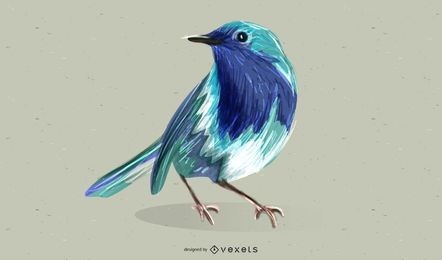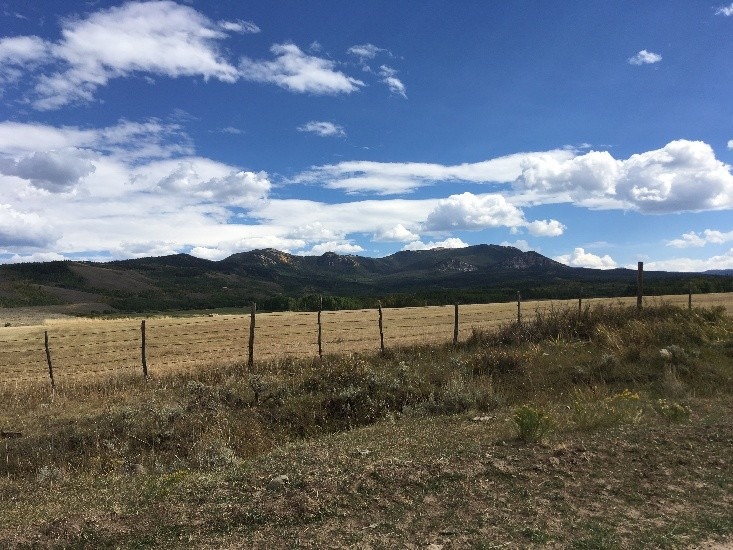Below is the opening setting from, The Glass Rainbow, (Burke, 2010). Note how Mr. Burke incorporates sight, sound, smell and taste, thereby immersing readers in the narrator’s location.
The room I had rented in an old part of Natchez seemed more reflective of New Orleans than a river town in Mississippi…the courtyard outside touched with mist off the river, the pastel walls deep in shadow and stained with lichen above the flower beds, the brick walkways smelling of damp stone and the wild spearmint that grew in green clusters between the bricks. I could see… the humidity condensing and threading along the fronds like veins in living tissue. I could hear a ship’s horn blowing somewhere out on the river, a long hooting sound that was absorbed and muted inside the mist, thwarting its own purpose.
Do you think there are bits of symbolism in the above setting?
Let your setting reveal details. For instance, a speck of shining material on a horse blanket that only shows during sunset. i.e. The color of the refrigerator made him nauseas.
Below, Burke changes settings without advancing chapters.
At midmorning, inside a pine-wooded depression not far from the Mississippi, I found the man I was looking for. … He sat atop a quarter horse that was at least sixteen hands…
A setting can be a mixed in with a character. Or the character may be the setting—
happy, irritable, glum, predictable, sulky….
In The Meadow (Galvin, 1993), the entire story is from a meadow’s point of view. Brilliant!
A character’s relationship to the setting is important to their arc, (development). For instance, your story takes place on a 14er. The sky is clear and the sun is rising. Our shy and somewhat weak MC is hesitant to go with the group of hikers, yet does. The weather changes from clear to spots of rain and distant thunder. As our hero battles his way to the top, the weather turns cold, the clouds are green-black with hail, the wind is ferocious. Near the end of the story, blue skies are welcoming, and accompanies the group down the mountain to safety.
Settings are tone, (atmosphere), feelings, conflicts and moods.
To me, the following setting/mood, (ending the first chapter in The Glass Rainbow), demonstrates great conflict either internally for the narrator, or setting, plot, or maybe the entire story.
There are moments in the Deep South when one wonders if he has not wakened to a sunrise in the spring of 1862. And in that moment, maybe one realizes with a guilty pang that he would not find such an event entirely unwelcome.

Vary your locations, unless for instance, your story takes evolves in one place such as the movie, One Flew Over the Coocoo’s Nest, (book: Kesey, 1963/movie, 1975). If your surrounding doesn’t really change, vary the atmosphere by what your character feels, smells, thinks, and let them see something such as a new poster, a different car at the neighbors, or a strange butterfly on the window sill.
If your setting is in a mundane Walmart, strengthen it with energy. For instance, a songbird, trapped inside and flying high, poops on a mannequin. Do something to add movement.
Remember to ask yourself, “Do my settings logistically work with the plot and characters?
Does the location(s) make your story more interesting? (That’s one reason I love reading—I get to travel.)

Near the end of Burke’s, The Glass Rainbow, this master of setting, mood and emotions gives readers the following:
I remained motionless by a slash pine and waited. My palms were sweating on the twelve-gauge. I thought I heard a siren coming down Main. The moon moved out from behind a cloud; a solitary band of cold light broke through the canopy….
I dare you to immerse readers, judges, listeners, and yourself into an-(almost)-tangible setting.
[Cover photo: iStock credit to pernsanitfoto]

